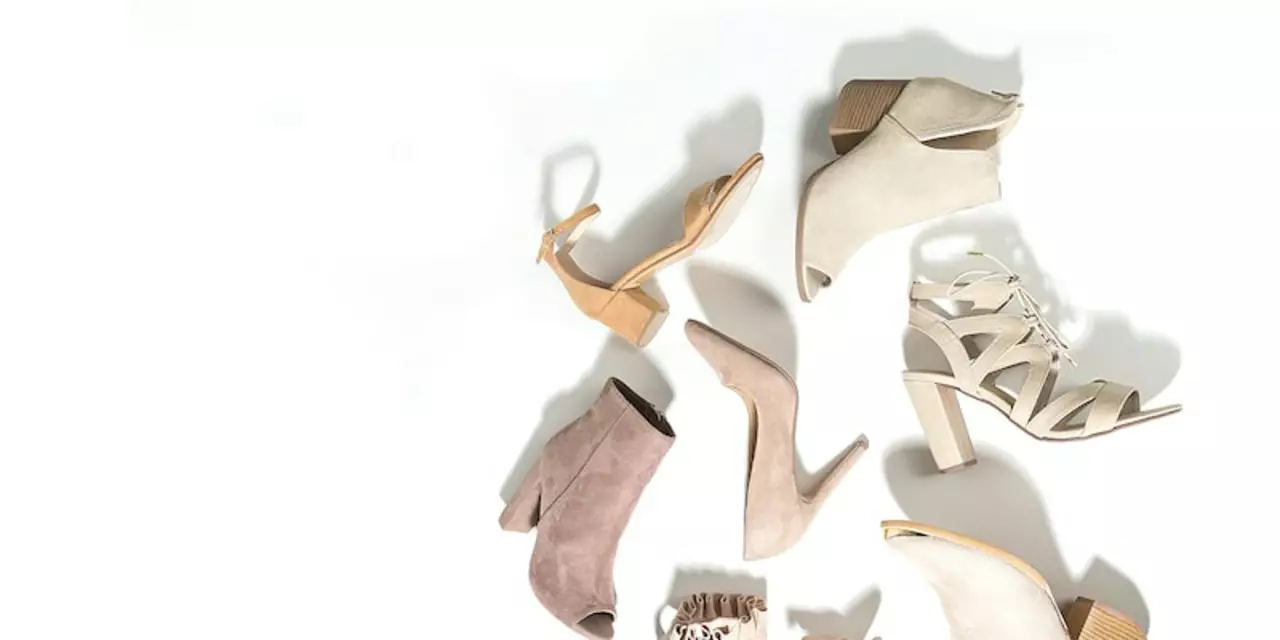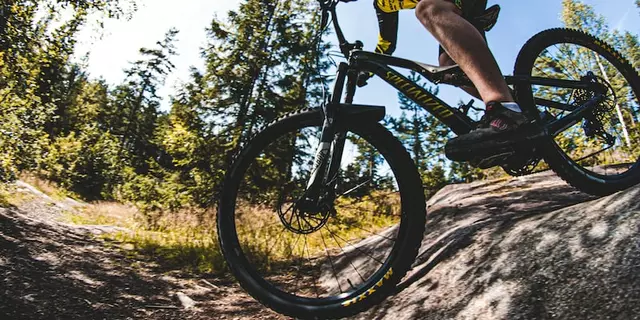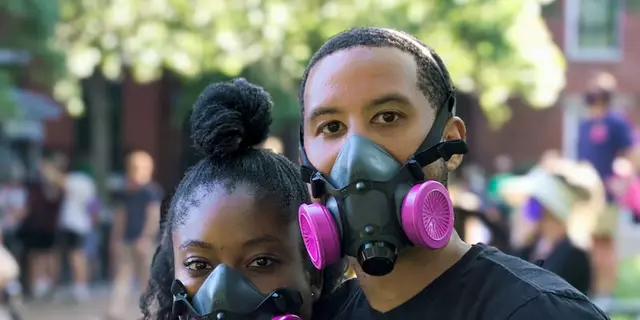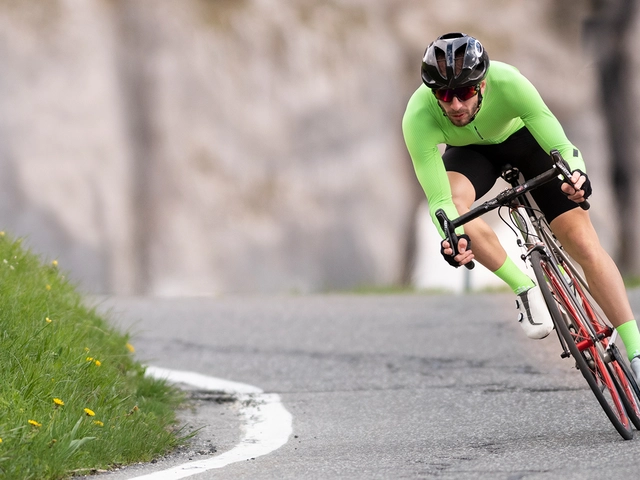Shoes for Cycling: Choose the Right Pair for Better Riding
If you ride a bike even once a week, you’ve probably wondered whether your shoes matter. The short answer: yes. The right shoes can make every pedal stroke feel smoother, keep your feet comfortable, and help you ride faster. The wrong pair can cause blisters, wasted power, and a lot of frustration.
Why Cycling Shoes Are Different
Cycling shoes are built to transfer power directly to the pedal. They have a stiff sole that doesn’t bend like a regular sneaker, so when you push down, almost all of that force goes into moving the bike. Most of them also have a cleat that clicks into clipless pedals. That click‑in keeps your foot from slipping off the pedal, letting you pull up on the up‑stroke as well as push down.
Road‑specific shoes usually have a small, lightweight cleat that sits in the middle of the shoe. Mountain bike shoes use a bigger, more recessed cleat that’s easier to step out of when you need to put a foot down on rough terrain. If you mostly ride on city streets, a road shoe gives you speed. If you hit trails, a mountain shoe gives you confidence.
Can You Ride in Running Shoes?
Yes, you can ride in running shoes, but they’re not ideal. Running shoes are soft and flexible, which feels comfy for a short ride, but the sole flexes and wastes energy. You’ll also miss out on the secure connection that clipless shoes provide. If you’re just starting out or only ride a few times a month, plain trainers will work fine. As you log more miles, switching to a dedicated cycling shoe will make a noticeable difference.
When you do use running shoes, choose a pair with a firm sole and a snug fit. Look for shoes that have a little room in the toe box so your feet don’t get cramped on long rides. Avoid shoes with thick tread; they add extra weight without helping on the road.
How to Fit Cycling Shoes
Fit is everything. A shoe that’s too tight will cause pain, while a loose shoe will let your foot move around and reduce power. Start by trying the shoes on with the cleats already attached. Slide your foot in, tighten the straps or buckles, and press the heel down. Your heel should stay in place when you stand on one foot.
Make sure there’s about a thumb’s width of space between the end of your longest toe and the front of the shoe. That little gap prevents toe bruising on hills. If you have wide feet, look for brands that offer a “wide” option. Some shoes let you adjust the forefoot tension with a strap, which helps fine‑tune the fit.
Once you’ve found a good fit, practice clipping in and out in a safe area. The click should feel secure but not so stiff that you can’t release quickly if you need to stop.
In short, picking the right shoes is a simple upgrade that pays off fast. Start with a pair that matches the type of riding you do, test the fit, and give yourself a few rides to get used to the feel. Your feet, your legs, and your bike will thank you.

Is it safe to use a clip-in cycling shoes on public roads?
Clip-in cycling shoes are a popular choice for road cyclists because of their improved power and pedaling efficiency, but their use on public roads can be dangerous due to their increased risk of slipping. It is important for cyclists using clip-in shoes to practice clipping in and out of their pedals on a regular basis to ensure they develop the muscle memory and confidence to safely clip out in an emergency. Additionally, cyclists should always inspect their cleats, pedals and shoes before each ride to ensure they are in good working order. Moreover, cyclists should be aware of their surroundings and anticipate situations where they may need to unclip quickly. Lastly, cyclists should also wear a helmet and other protective gear to ensure their safety.
View More



